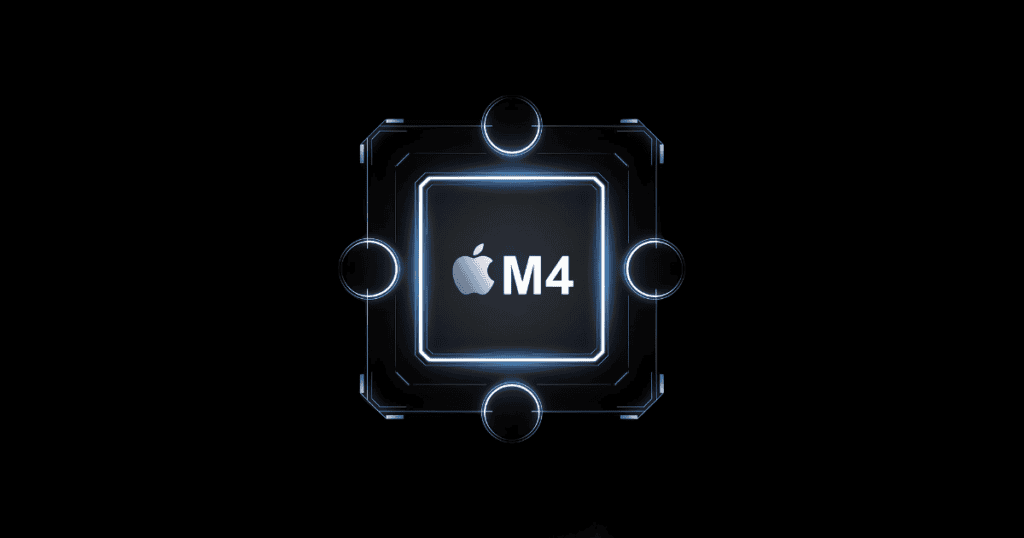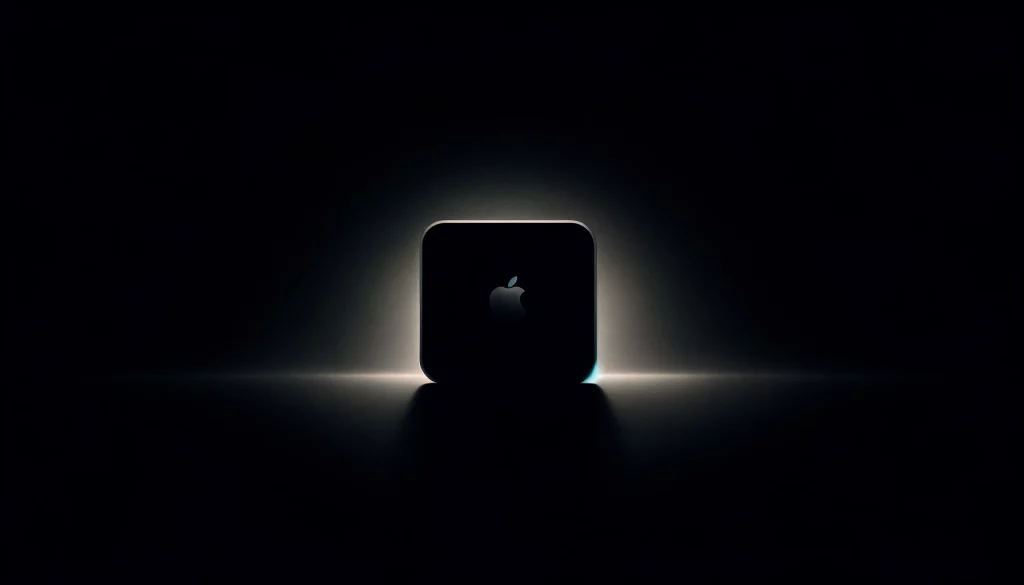The new Mac M4 chip has emerged as a breakthrough in computing, delivering unprecedented performance improvements over its predecessor, the M3 chip. With remarkable gains in multi-core processing and GPU capabilities, this chip promises enhanced user experiences and more robust computing power across Apple’s device lineup. By examining these benchmark results, we can gain insights into how the M4 chip may influence the broader computing landscape, impacting both everyday users and developers.
Exploring the M4 Chip: Key Advancements
Apple’s M4 chip, a 10-core CPU featured in the Mac16.1 model, has raised the bar for processing power and efficiency. This model achieved a multi-core score of 15,288, marking a 30.6% improvement over the M3 chip. Notably, the M4 chip also features an upgraded GPU, earning a Metal score of 57,603—reflecting a substantial enhancement in graphical capabilities essential for modern computing tasks.
Noteworthy Features of the M4 Chip:
- 10-Core CPU: The powerful architecture delivers efficient multi-core performance, ideal for multitasking and demanding applications.
- Enhanced GPU: With a Metal score of 57,603, the M4 chip excels in rendering and graphics processing.
- Energy Efficiency: Optimized power management enables sustained performance without excessive battery drain, extending usage times across devices.
These advancements underscore Apple’s dedication to pushing the boundaries of what is possible with its proprietary silicon.
Single-Core Performance: Speed for Everyday Tasks
The M4 chip’s single-core performance reveals significant speed improvements, essential for tasks that rely on single-threaded processing:
- Benchmark Score: The M4 chip scored 3,864 in single-core tests, indicating a 25% year-over-year improvement.
- Everyday Applications: This performance is particularly beneficial for daily activities such as web browsing, email, and document editing, where single-core efficiency plays a crucial role.
- Broad Device Support: Even the base M4 iPad Pro, with its 9-core CPU, demonstrates single-core capabilities at 3,647, indicating that this chip architecture supports both desktop and mobile devices effectively.
These figures confirm that while there has been a slight dip in single-core performance compared to the M3, the M4 chip continues to excel in tasks that depend on swift processing speeds.
Multi-Core Performance: Power for Professional Workflows
Multi-core performance remains a critical metric for professionals relying on multitasking and complex computations. Here’s how the M4 chip stacks up in this area:
- Multi-Core Benchmark Score: The M4 chip’s score of 15,288 represents a 30.6% leap over the M3, supporting more demanding applications like video editing, 3D rendering, and machine learning.
- Efficient Workflow Management: The impressive multi-core capabilities enable users to handle intensive tasks simultaneously, improving productivity and streamlining workflows.
- Versatile Across Devices: The base M4 iPad Pro, equipped with a 9-core CPU, achieved a multi-core score of 13,135, highlighting the chip’s scalability across device types.
These enhancements illustrate how the M4 chip can accommodate a variety of workloads, making it an attractive choice for users with intensive computing needs.
GPU Performance: Graphics Power for Creative Professionals
The M4 chip’s GPU upgrades cater specifically to creative professionals who rely on high-performance graphics for their projects:
- Metal Benchmark Score: The M4 chip earned a Metal score of 57,603, surpassing the M3’s score by around 20%. This is a significant increase for graphics-intensive tasks like video rendering and animation.
- Thermal Management: Apple’s focus on effective thermal management minimizes overheating and throttling, allowing users to maintain consistent performance during extended sessions.
- Cross-Device Consistency: The M4 iPad Pro, with its Metal score of 53,374, offers comparable graphics capabilities, ensuring that users across Apple’s ecosystem benefit from these advancements.
With these upgrades, the M4 chip supports more efficient and powerful graphics processing, appealing to artists, designers, and other creative professionals who need reliable performance for their projects.
M4 Chip vs. M3 Chip: A Comparative Analysis
A direct comparison between the M4 and M3 chips reveals the M4’s advancements in key areas of processing and graphics capabilities:
| Metric | M3 Chip | M4 Chip |
|---|---|---|
| Single-Core Score | 3,048 | 3,864 |
| Multi-Core Score | 11,708 | 15,288 |
| GPU Metal Score | 47,414 | 57,603 |
Highlights of the M4 Chip’s Improvements:
- 30.6% Multi-Core Gain: The M4’s multi-core performance outshines the M3, indicating more efficient multitasking and processing power.
- 20% GPU Boost: The improved GPU facilitates faster rendering and enhanced graphics, ideal for creative work.
These comparisons illustrate that while the M4 has seen some minor reductions in single-core capabilities, it offers substantial overall performance improvements, affirming Apple’s commitment to delivering industry-leading hardware.
Upcoming Launch: M4 Pro and M4 Max Models
Apple’s scheduled launch of the M4 Mac lineup on November 1, 2023, is eagerly anticipated, with rumors suggesting the introduction of M4 Pro and M4 Max variants. These models are expected to feature higher core counts and even more powerful GPUs, catering to professionals with demanding computing needs.
Anticipated Enhancements:
- Higher Core Counts: The Pro and Max models are expected to include more CPU and GPU cores, delivering superior processing power.
- Increased Thermal Efficiency: Improved cooling systems should ensure consistent performance across prolonged tasks.
With these anticipated features, the M4 lineup is poised to redefine performance standards across Apple’s devices, extending benefits to professionals and power users alike.
Implications for Users and Developers
The M4 chip’s enhancements promise to elevate both user experiences and developer workflows. For users, faster multi-core processing and improved GPU capabilities mean smoother multitasking, quicker response times, and enhanced visuals. Developers, on the other hand, can benefit from the chip’s increased efficiency, which translates to faster compile times and more robust support for graphics-intensive applications.
Key Benefits:
- Enhanced Productivity: With faster processing, users can complete tasks more efficiently, boosting overall productivity.
- Expanded Creative Potential: The GPU advancements allow developers to push the boundaries of graphic design, video editing, and 3D modeling.
- Seamless Transition: Apple’s focus on backward compatibility ensures that users can transition to the M4 chip without major disruptions, while developers can integrate new features into their apps with ease.
As Apple continues to expand the M4 lineup, these benefits underscore the chip’s potential to impact not only individual workflows but also the broader computing industry.
MacReview Verdict
The M4 chip represents a significant step forward for Apple, blending enhanced multi-core processing and graphics capabilities into a single, efficient package. By surpassing the M3 in key performance areas, the M4 chip sets a new standard in computing, catering to a diverse range of users from casual consumers to professional developers. As the November 1 launch date approaches, the tech community awaits Apple’s next moves, eager to see how the M4 chip will continue to shape the future of computing.




